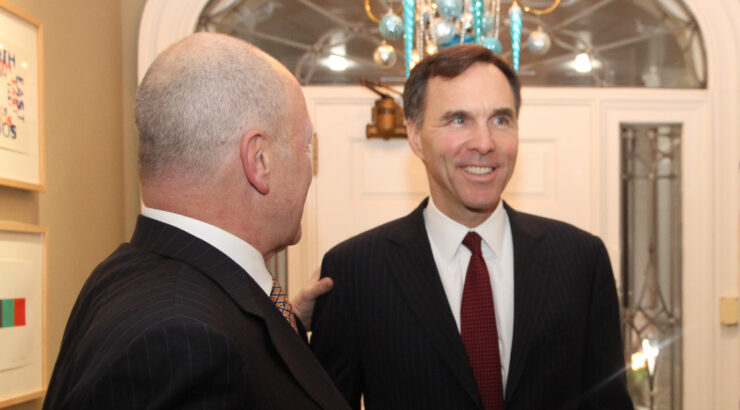THEY’RE TWO WORDS that ignite an opinion from the name alone. Combined, these two words have also been accused of stirring up a gender war.
“Masculine studies” is the offending words, which are creating a stir in present-day academia. The relatively new, popular subject is now cropping up all over Canadian campuses. While the topic may spark ridiculous images of college-aged boys prancing around a lecture hall discussing barriers faced by men, masculine studies warrants the attention of academics and a is valid field of interest—one that need not exist in conflict with the well-established women’s studies programs found at most academic institutions in North America.
Similar to its female counterpart, men’s studies looks into the development, social and historical construction, and psychological impacts of masculinity in society. The rise of women’s studies in the 1970s was derived from a need to discuss the inequalities women have faced historically and in contemporary society. Masculine studies, on the other hand, does not look at the injustices experienced by men, but rather the societal pressures to behave as a “real man.”
Men are socialized to act as emotionally reserved protectors and breadwinners, all before the age of five. These unreasonable expectations for young boys are not conducive for producing well-rounded, independent males. As Marc LaFrance, sociology professor at Concordia University, stated in an interview with the Montreal Gazette, “The irony is the dominant norms of masculinity, what the academics call hegemonic masculinity … really make for an unlivable life for men.”
These cultural implications are visible later in life, as men account for the majority of prison inmates, are more likely to drop out of school, and suffer more serious work-related injuries. Let’s not forget, men are more likely to commit violent crimes, including those against women. Masculine studies strives to alleviate these numbers by focusing on research, theories, and in-depth studies into the mentalities that drive these adverse behaviours.
A common misconception—and continuous point of reference for women’s studies advocates against the development of men’s studies—is the uselessness of studying such a topic. To the critics, masculine perspectives are intrinsic to most formalized academia—philosophy, history, political science, and psychology, among others are already taught from a male viewpoint, and women’s studies is necessary to push another lens through which we can understand the world.
It is this line of reasoning that has left men’s studies in the dust while women’s studies continues to flourish. Masculine studies doesn’t attempt to inject more testosterone into existing fields; it facilitates discussions on what it means to be masculine in our world, and how that constructed identity is currently doing a disservice to males—and in turn, to females and the rest of society.
Opposition from feminist critics is not the only barrier that men’s studies faces, as prevailing stereotypes surrounding what it means to be a man have also created obstacles for the field’s development. As LaFrance notes, “Talking about stuff in a meaningful, considered way has always been associated with femininity—traits like caring and sensitivity that many men are taught to eschew.” The “code of silence” or “bro code” that males swear by makes it difficult for researchers—and men themselves—to unmask masculinity and deconstruct the identities by which they are constrained.
There is a myth surrounding masculine studies: It’s bringing the hegemonic male to the forefront of society, aiding those who, historically speaking, have had the advantage. This attitude completely misses the point. Masculine studies doesn’t strive to ignite a gender war, complain and critique the rise of misandry or eradicate feminist studies. It aims to analyze male identity and look at how perceived ideas on masculinity are doing a disservice to not just men, but society as a whole, in hopes that understanding can lead to change—change similar to that of which is advocated within women’s studies.
Academics shouldn’t prioritize which gender they study based upon whichever one appears the most disadvantaged. Both women’s and men’s studies are valid fields of interest, and so both subjects should be offered at our universities. Solely furthering the women’s studies programs and disregarding its male counterpart is only studying half of the equation. For true equality to exist, masculine studies needs to brought out of its obscurity under the umbrella of gender studies and be more widely researched.
editor@thefulcrum.ca | (613) 562-5261



